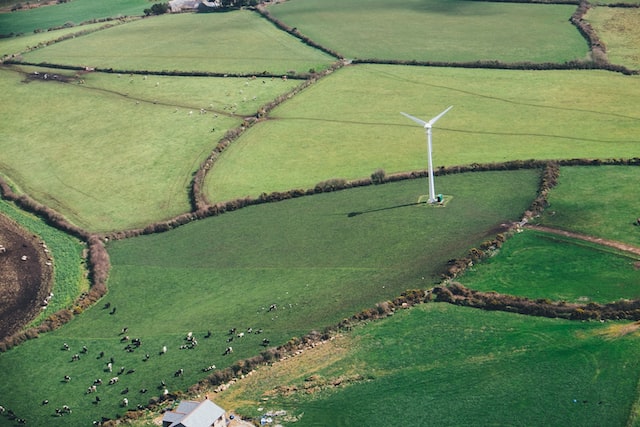
Photo Credit: Praveen.
The digital divide happens when people have unequal access to digital services such as the internet and digital devices like computers, phones, Television, and other electronic services. The divide may be influenced by several factors particularly language barriers, income level, employment inequity, infrastructure, geographic location, racial discrimination, social status, gender inequalities, lack of access to information, and political influence.
Since agriculture is a source of livelihood in many Sub-Saharan Africa (SSA) countries, contributing 23% of the Gross Domestic Product (GDP), digital technologies have the potential for success. Technologies such as SMS applications, mobile banking, online training, and satellite data, supported by internet connectivity, provide farmers with services such as weather data and information, markets, credit, and other extension support to make informed decisions. With more than 60% of the population being smallholder farmers depending on farming for economic and basic needs, technological advancement is crucial to improving agricultural productivity and profitability.
However, SSA still lags with low agricultural technical know-how influencing poverty and hunger in the region.

Despite several inventions in the sector particularly smart agriculture, smallholder farmers have not fully benefited from these innovations due to poor technologies, financial, technical, and the general digital divide. See enhanced digital farming. Photo Credit: Annie-Spratt
These challenges force Africa to struggle with low production and food insecurity although various advancements can influence a significant change. The following options would help bridge the digital divide gap in the region.
- Institutions such as schools, libraries, and community centers are vital in spreading digital skills and technologies across different age groups hence, they should be enhanced.
- Involvement of partners especially the Information and Communication Technology (ICT) providers to supply the best bandwidth at a lower cost.
- Development of innovative applications that can provide services such as sending and receiving texts in any mobile phone type without the need for the internet.
- Increased supply of solar energy to supplement electricity for charging and other uses.
- Localization of native languages in mobile technologies to influence consumption of all age groups.
- The private sector should be given opportunities to fill technological gaps and provide efficient digital solutions. This includes a great collaboration between government, developers, and services providers to strategize on initiatives that fasten digital growth.
- To enhance technical know-how, digital technology should be included in the curriculum at all levels of the schools.
- Government commitment to provide incentives to the private sector such as lowering tax on some devices so they can provide sufficient services.
- Government should expand rural infrastructure to enhance reliable connectivity. In addition, radio programs have been successful in many rural areas so a need to improve and increase accessibility in more remote areas.
- Individuals’ perceptions may be an important icon in the adoption of digital technologies. People need to know the potential of digital technology so they can use utilize it. A need for digital training programs can facilitate access to digital services among the users.
Further readings:
